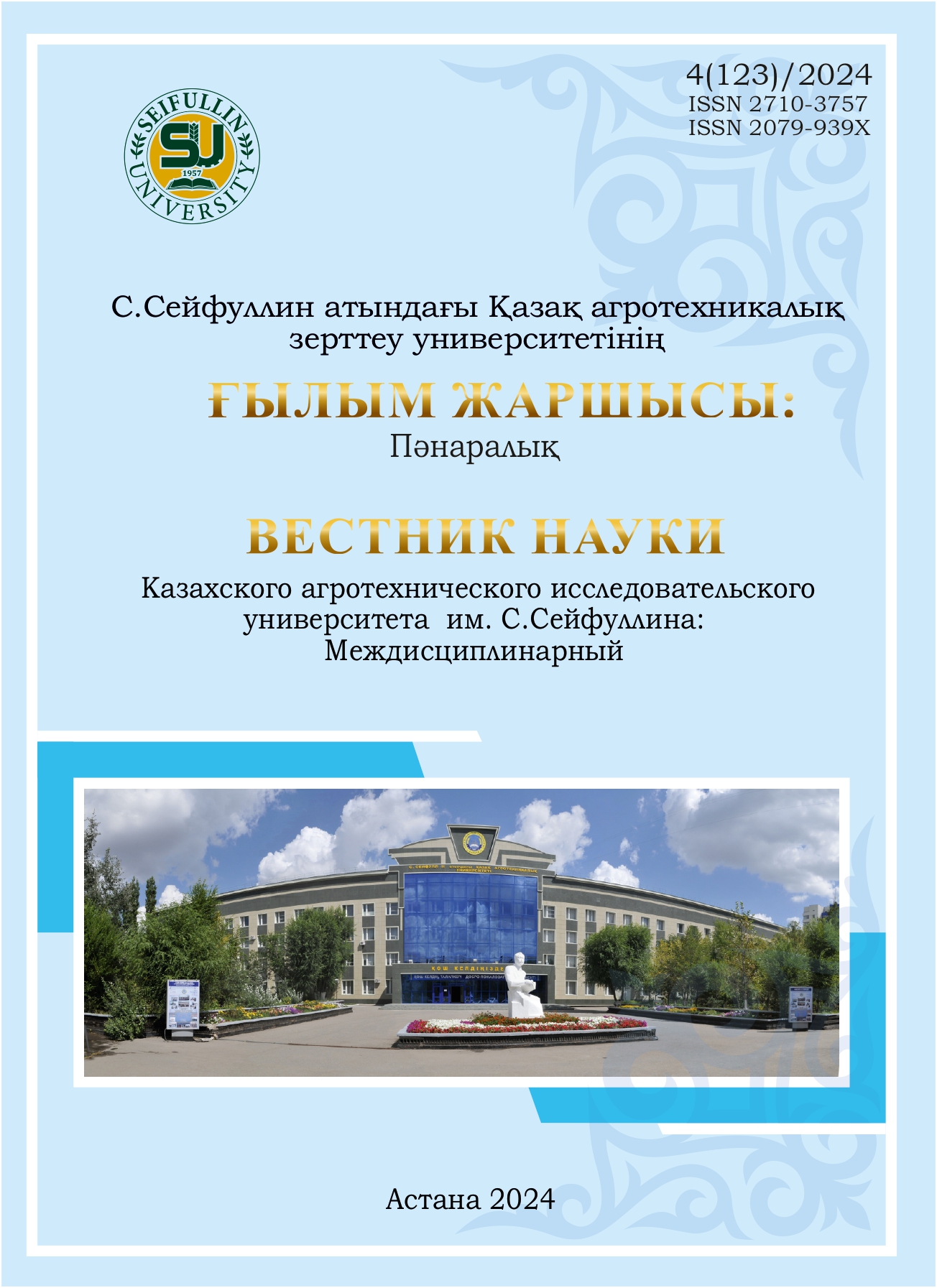Phytosanitary monitoring of pests of rapeseed crops in conditions of steppe zone of Northern Kazakhstan
DOI:
https://doi.org/10.51452/kazatu.2024.4(123).1808Keywords:
phytophages; pests; phytosanitary monitoring; spring rapeseed.Abstract
Background and Aim. The article presents the results of the 2023-2024 research on the distribution of the main pests under the conditions of spring Consequently, all these pests harmed rapeseed plants to varying degrees cultivation on the southern carbonate black soils of the steppe zone of Northern Kazakhstan. Research and observations of the phenology of phytophages are the subject of phytosanitary monitoring. Determination of the species composition of rapeseed pests serves as an information base for organizing plant protection measures. Therefore, each factor that reduces the rapeseed yield causes enormous economic damage. One of such factors during the monitoring period was cruciferous fleas and cabbage moths, which in recent years have become the most important pests of rape. Based on the results of phytosanitary monitoring of rapeseed crops, an assessment of the degree of danger of plant damage was determined. Therefore, the purpose of the work was to determine and identify the main pests and, based on the results of the economic threshold of harmfulness, prevent losses of the rapeseed crop.
Materials and Methods. The study of pest ratio was carried out by observation and counting in the fields during the growing season. The method of model plants was used to assess the damage of rapeseed bugs, rapeseed flower beetle, cruciferous flea beetles and cabbage moth.
Result. As a result of phytosanitary monitoring, the following pests were identified on rapeseed plants: cruciferous fleas, rapeseed bug, rapeseed leaf beetle, rapeseed leaf beetle, rapeseed beetle, rapeseed flower beetle, cabbage aphid, cabbage and turnip whitefly, green grasshopper, meadow thrips, sow thistle, meadow moth, meadow moth, gum sowbug. Consequently, all these pests harmed rapeseed plants to varying degrees.
Conclusion. Based on the results of the studies, it can be concluded that rapeseed was damaged by a complex of specialized pests. Among which the dominant ones were cruciferous fleas, rape blossom beetle, and cabbage moth. The degree of harmfulness was determined as a percentage on a five-point scale.

